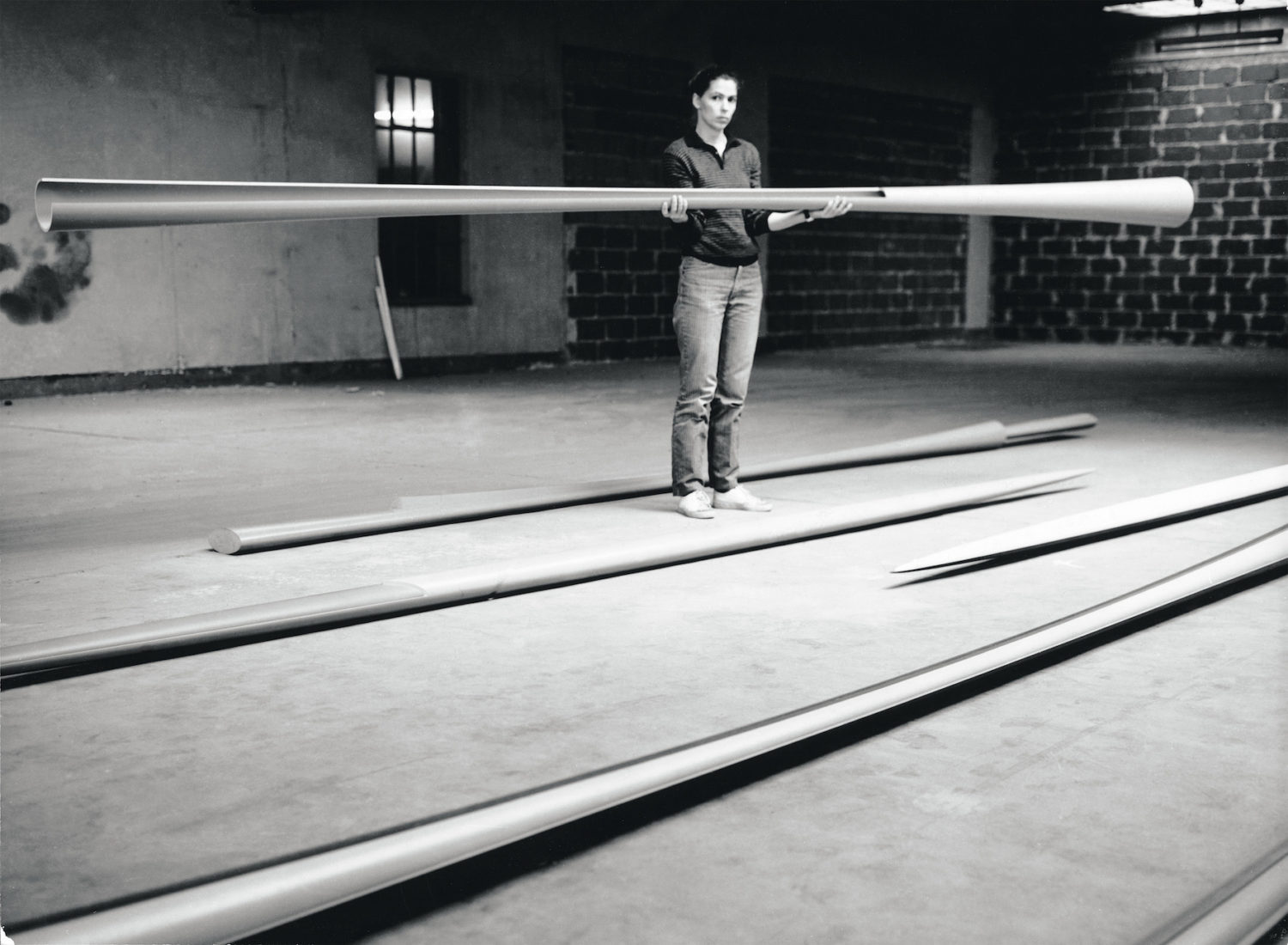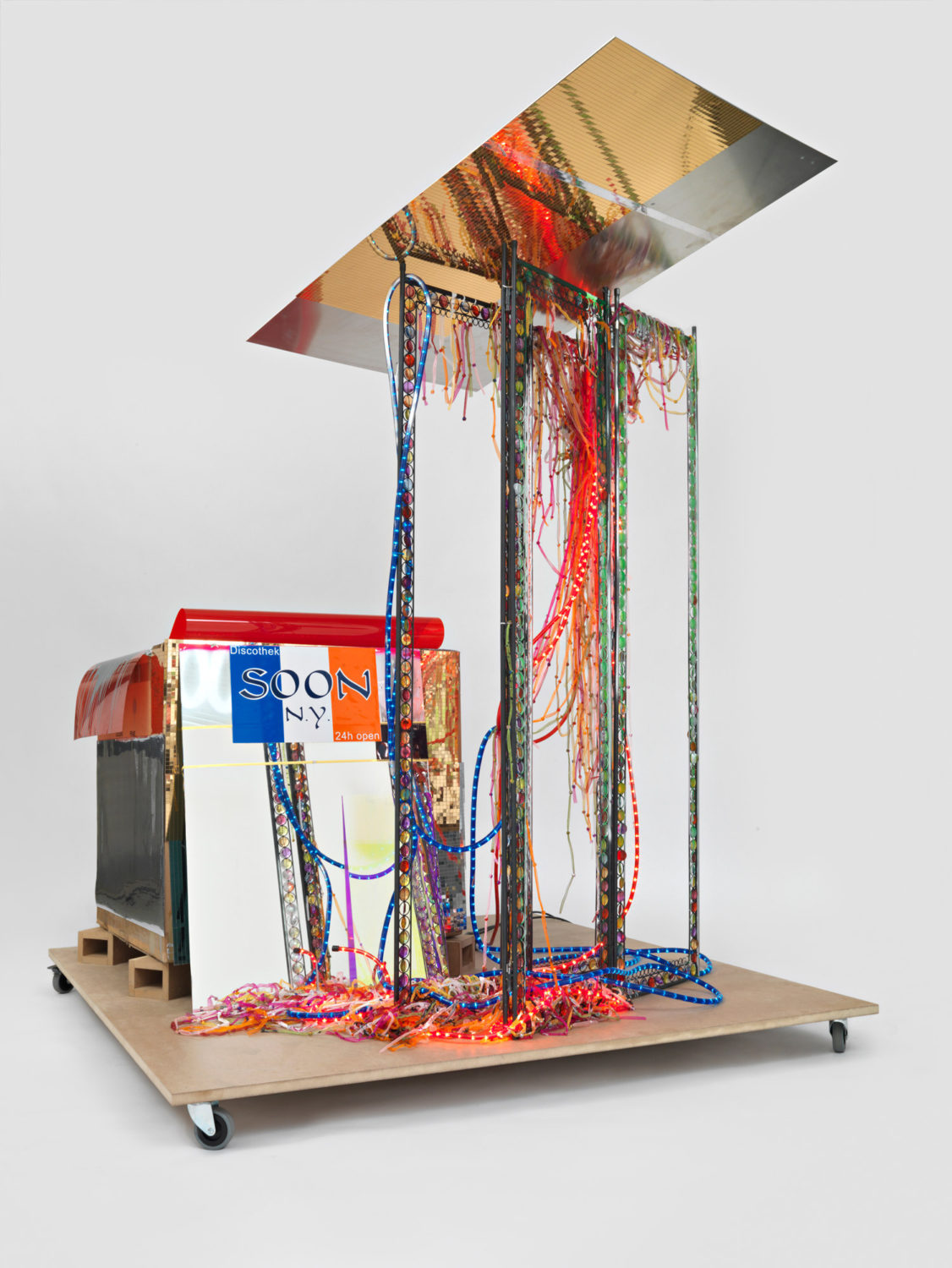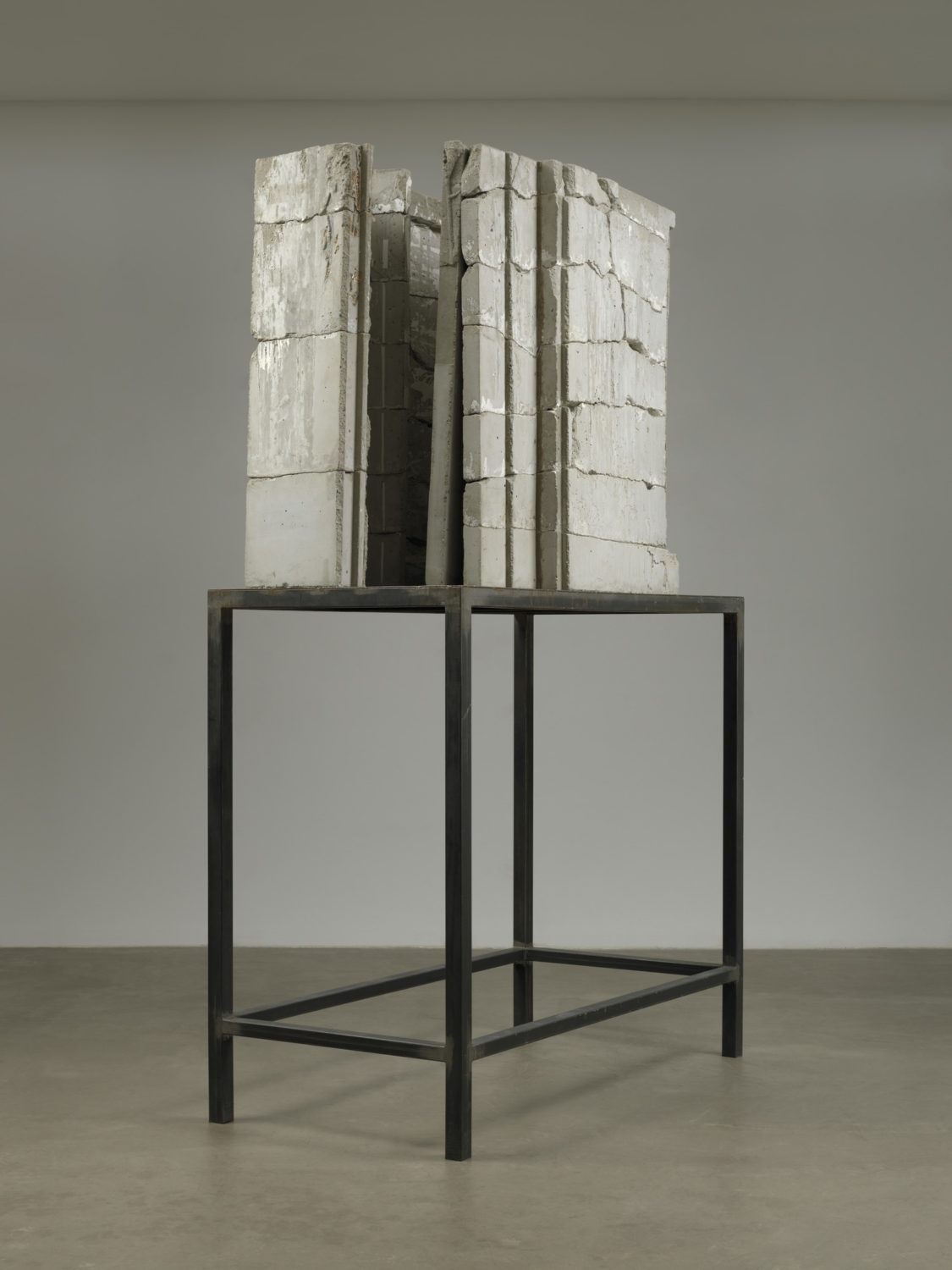Isa Genzken: The Avant-Garde Female Artist Who Redefined Assemblage For A New Era
By Something CuratedIsa Genzken has long been considered one of Germany’s most influential contemporary artists. Born in Bad Oldesloe, Genzken studied at the renowned Kunstakademie Düsseldorf whose faculty at the time included Joseph Beuys, Bernd and Hilla Becher, Benjamin H.D. Buchloh and Gerhard Richter. Since the 1970s, Genzken’s diverse practice has encompassed sculpture, photography, found-object installation, film, drawing and painting. Her work borrows from the aesthetics of Minimalism, punk culture and assemblage art to confront the conditions of human experience in contemporary society and the uneasy social climate of capitalism.

Genzken is best known for her sculptures, gaining attention for her minimalist oriented Hyperbolos and Ellipsoids in the late 70s, and architecturally-inflected works such as her recent epoxy resin windows and skyscraper Columns from the 90s. Her practice is incredibly wide-ranging, but her work remains dedicated to challenging the viewer’s self-awareness by means of physically altering their perceptions, bringing bodies together in spaces and integrating elements of a mixed media into sculpture. Genzken’s totemic columns, pedestal works and collages combine disparate aspects from her many sources in seemingly nonsensical, yet harmonious sculptural compilations.
These sculptures take the form of precariously stacked assemblages of potted plants, designer furniture, empty shipping crates and photographs, among other things, arranged with the traditions of modernist sculpture in mind. With this cacophonous array of objects, Genzken undermines the classical notions of sculpture, re-creating the architectural dimensions of her beloved skyscrapers and the riotous colours of the urban streets. Devoid of the weightiness and overpowering scale seen in the sculptures of her Minimalist predecessors, her work abandons notions of order and power, allowing the viewer to relate to the works’ inherently human qualities of fragility and vulnerability.

Inspired by the stark severity of modernist architecture and the chaotic energy of the city, Genzken’s work is continuously looking around itself, translating into three-dimensional form the way that art, architecture, design and media affects the experience of urban life, and the divides between public and private. There is an intuitive and consistent manner to Genzken’s work, not only in dramatising aspects of space and scale for the audience, but in creating new dialogues and contact with surfaces of material. The socio-political content is evident and central to her oeuvre.
Opening on Thursday 6 February evening, and running until 2 May 2020, Hauser & Wirth London presents Window, an exhibition by Genzken featuring a new and unseen body of work. The immersive environment on show expands on the themes of travel, through elements of an aircraft cabin, and the window as a juncture between interior and exterior spaces. In this respect, it reveals the artist’s interest in architecture and light, a topic of enduring resonance in her work as seen in the landmark exhibition in Chicago in 1992, Everybody Needs at Least One Window.

The new show begins with Saal (Room), made in 1989, a concrete sculpture which rises from its stark metal stand like a Brutalist architectural model. Oscillating between construction and destruction, it exists somewhere between fragmented ruin and autonomous space, appraising the lasting influence of modern architecture and its social and cultural implications. A central question in the artist’s work deals with the relationship between sculpture and space, location and perception, examining the window as a social and architectural connection between interior and exterior. The centrepiece of the exhibition presents dislocated aeroplane parts that evoke the instability of a global, homogenous society in constant flux and perpetual motion.
Hanging from the walls of the gallery Genzken has placed fifteen airplane windows, displayed as if they were paintings, yet they are strangely reminiscent of eyes, the blinds like eyelids open, half open or completely closed. These subvert our understood notion of a window looking out onto the world – here they look back, observing the viewer, turning the voyeur into the view. For Genzken, travel is a positive experience which presents the opportunity to view the world from new perspectives. As she said in the past on her use of the window as a tool, “The idea is that you open yourself up and find different ways of looking at things; that you have more than one frame of reference for the sculpture.”
Feature image: Isa Genzken, Untitled, 2018. Photo: Todd- White (Courtesy Hauser & Wirth)